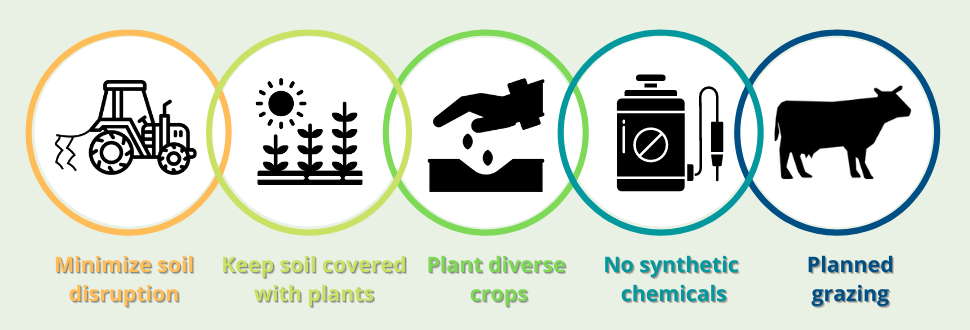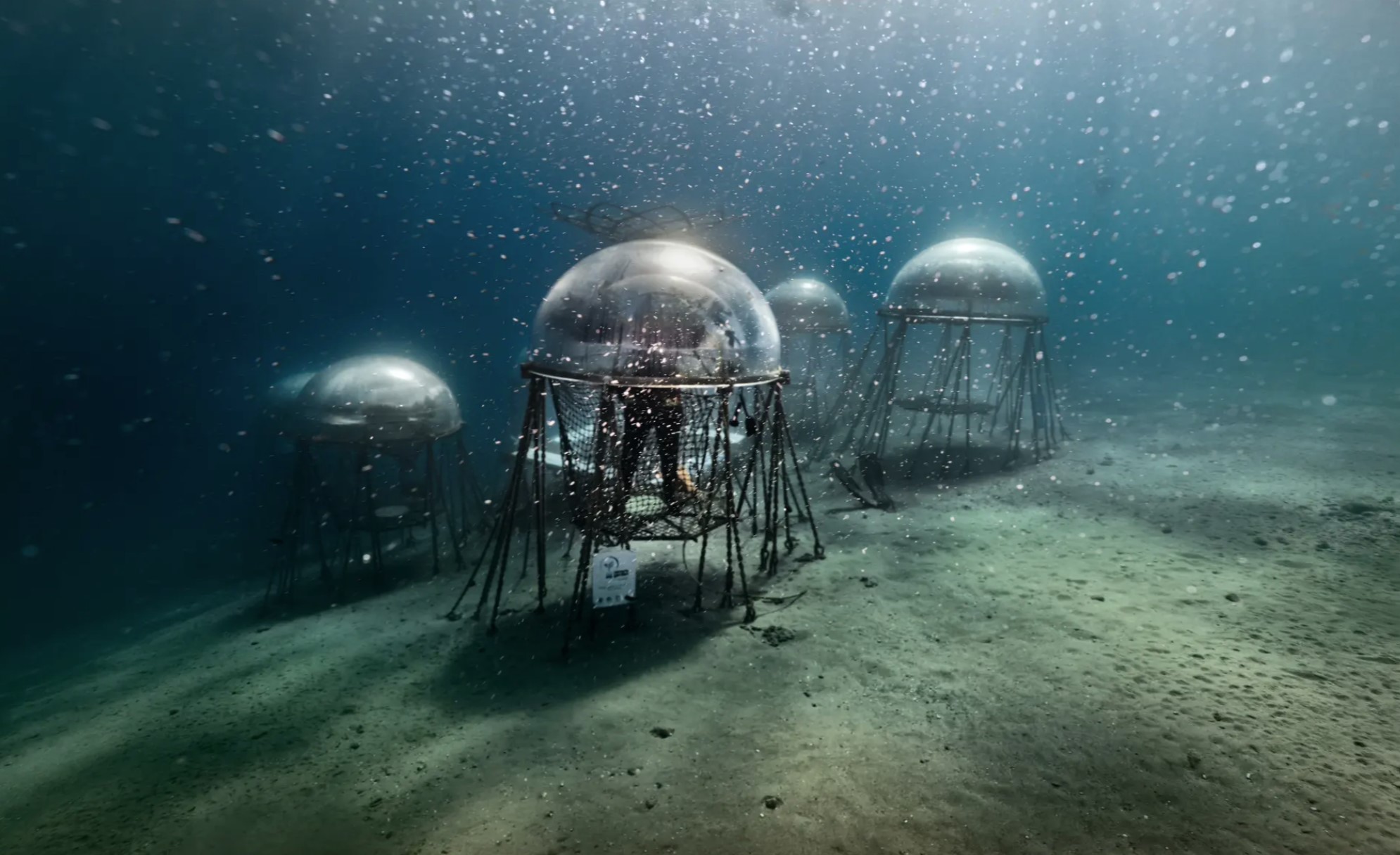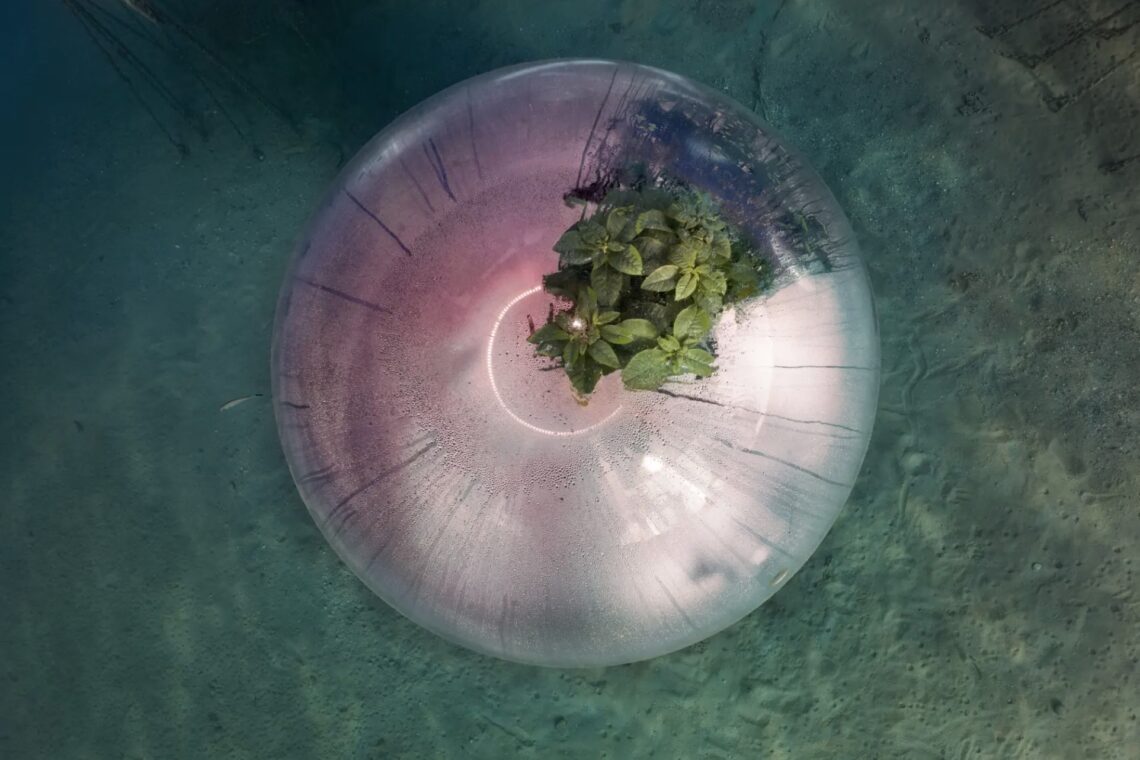I sat in the confines of my room, skimming through literature that approaches Circular economy through various applicational lenses to supplement my views and reflections when I decided that this blog should substantiate my thoughts on how the concept of circularity relates to the field of agriculture. As I went through a couple of academic journals to support my case, my eyes fell on the bag of ‘Walkers’ potato chips I was indulging in as a guilty midnight snack. “Did you know? We use sustainably sourced British potatoes”, it read. Coincidence? I certainly think so. Anyway, sustainably sourced potatoes? I had to investigate, obviously.
The brand’s website sheds light on its three pledges pertaining to sustainable farming – environmental, social, and economic. The environmental pledge reads, “In an effort to find sustainable alternatives, we’re trialling fertilizer made from food waste produced by our crisps plants, which means every part of the potato gets put to use.” The pledge directly correlates to the vision ‘Waste is Food’, as discussed in the book ‘Cradle-to-Cradle’ by Michael Braungart and William McDonough. A sense of circularity is observed in the use of the potatoes – from being the main component for the production of the crisps to being the component that nourishes the next generation of the produce, which also helps in waste reduction. Walkers, a progeny under the wide umbrella of Pepsico, proclaims that positive agriculture which is about regenerating farming practices is one of their key ambitions. They believe these practices will be pivotal in meeting the increasing demand for food, while also addressing the key risks associated with agriculture, such as freshwater scarcity, deforestation, biodiversity loss, soil degradation, and human rights. But speaking objectively, are these practices solely enough to make the agro-food industry sustainable? Agriculture plays the most important role in feeding the billions across the world and the resources to sustain the industry are fast depleting due to multiple factors. It consists of different phases ranging from input suppliers and farming to the final consumer. It is important to look at all of the phases as a cohesive whole to implement the themes of Circularity, which is possible through the collaboration of all the stakeholders of the industry.

On a different note, multiple emerging practices are changing the narrative of agriculture by exploring untried ground-breaking techniques. For example, Nemo’s Garden in Noli, Italy. It represents the world’s first-ever underwater cultivation of terrestrial plants, initiated in 2012. The plants float six to 10 meters underwater, separated from any outside pathogens and pests while having access to fresh water that occurs as a result of desalinated condensation within the biospheres. This system strives to offer a sustainable alternative to conventional agriculture with the potential to significantly reduce water and pesticide use while protecting marine ecosystems. (The Guardian, 2023)

It is thoroughly admirable to see the prompt attempt at innovative agriculture, it also makes one wonder about the efficiency of the model. While it addresses many of the problems associated with the field, how effective is it in meeting the demands of consumption? One can also wonder about how it affects the marine ecosystem where the structure is planted. Regardless of these gaps, it is thrilling to see the world thinking along the lines of alternative agriculture, since terrestrial agriculture cannot solely contribute to the demands of the world population and is in dire need of adaptive implementations of sustainable concepts.
References –
Michael Braungart and William McDonough, 2002. “Cradle to Cradle: Remaking the Way We Make Things”. pg 92-117
Juan F. Velasco-Muñoz, Jose A. Aznar-Sánchez, Belén López-Felices, Isabel M. Román-Sánchez, “Circular economy in agriculture. An analysis of the state of research based on the life cycle,sustainable production and consumption,” Volume 34, 2022, Pages 257-270, Available at – https://doi.org/10.1016/j.spc.2022.09.017.
The Guardian, 2023 “Circular economy: sustainable industry initiatives in Europe – in pictures” Available at -https://www.theguardian.com/environment/gallery/2023/oct/05/circular-economy-sustainable-industry-initiatives-in-europe-in-pictures
Pepsico, n.d. “Agriculture : Why it matters?”. Available at – https://www.pepsico.com/our-impact/esg-topics-a-z/agriculture







